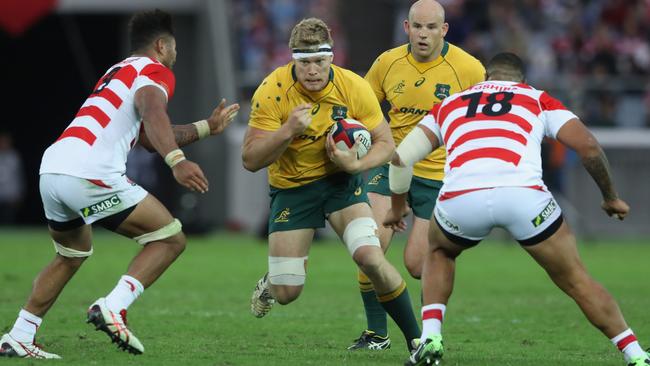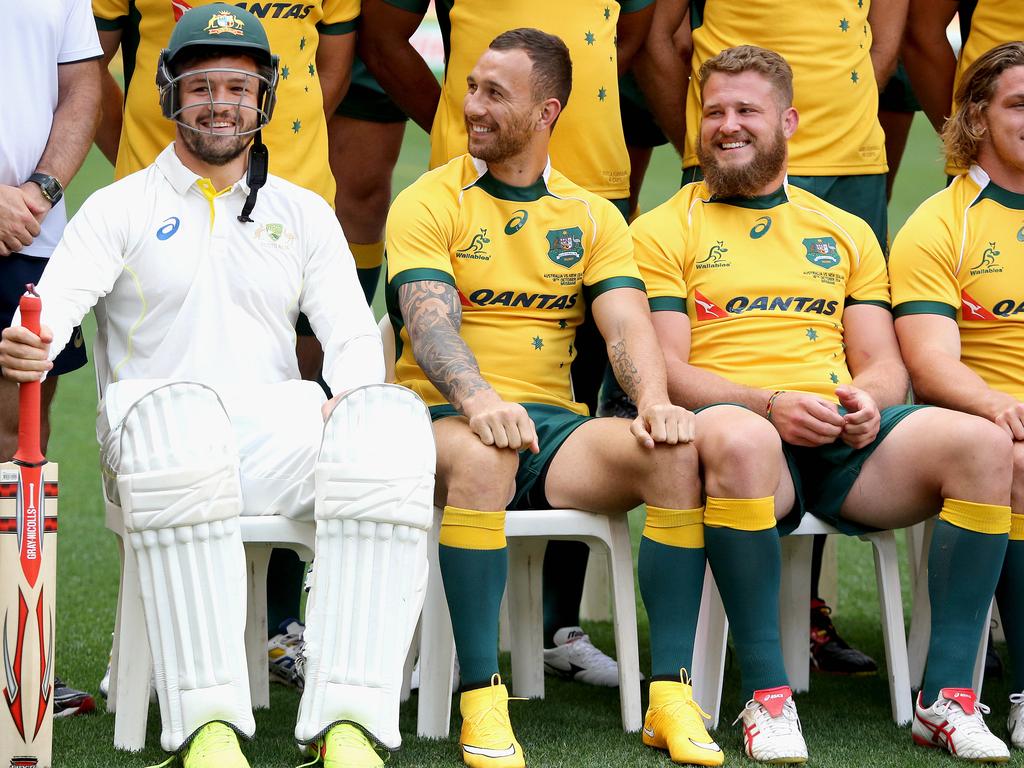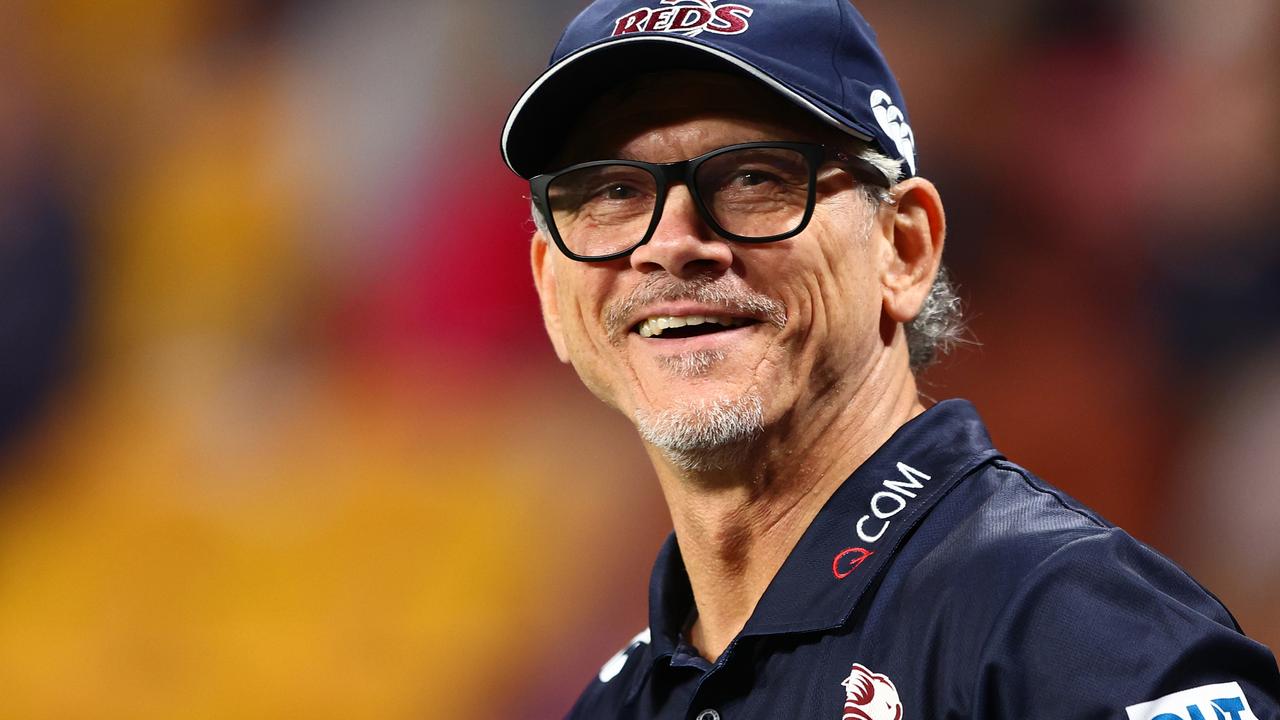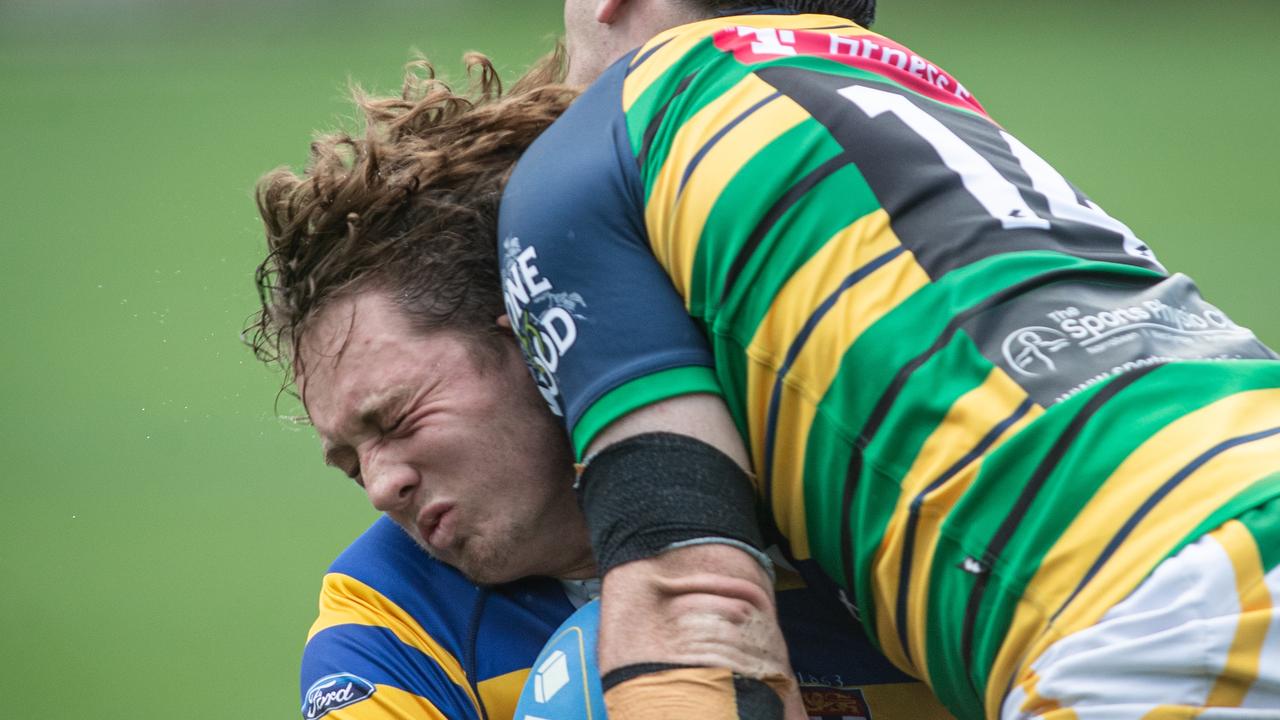
I believe that is about to change as Rugby Australia look to the future and consider the potential for Japan joining The Rugby Championship.
This would be a good move with potentially 125 million Japanese viewers interested in their incredibly popular Brave Blossoms.
With the Japanese Rugby Union introducing a new, fully professional competition next year, we can expect a lot more Australian players to head in that direction.
As you may be aware, up until now, rugby in Japan has been financed by companies such as Toyota, Kobe Steel and Suntory Distilleries.
The companies use their rugby programs to attract the best homegrown graduates from universities.
Under the old system, there were limits on the number of foreigners allowed to play in each team. All that is about to change.
With Japanese clubs now embracing the standard model for professional sport, there is a strong possibility their competition will attract more Australian players.
I’m told Japanese Rugby want their club competition to rival Super Rugby, the English Premiership and the French Top League.
This will clearly put more pressure on the Australian Super Rugby squads.
It’s good for the players, but with more competition for talent, it will be challenging, financially, for our provinces.
So, what else do we know about Japanese rugby and what can we expect of their national team, the Brave Blossoms, in Saturday’s Test match against the Wallabies?
Interestingly, the game was first introduced to Japan at about the same time as it was in Australia.
Sydney University was the first Australian rugby club launched in 1864; in 1866 the Yokohama club kicked off just outside Tokyo.
Like us, Japan have played in every Rugby World Cup and also, like us, rugby is played in schools, universities and clubs.
In fact, the Japanese university competition is extremely vibrant and, over the years, both Oxford and Cambridge universities have had strong ties with the Japanese Rugby Union.
You will recall, in the 1990s, Ian Williams, the very fine Wallaby winger who was the most outstanding finisher in world rugby, went to Oxford University on a Kobe Steel scholarship.
He was then the first Wallaby to play club rugby in Japan and subsequently became a dual international when he played for them.
Today, there are about 30 Australians playing club rugby in Japan and a number of them are in the current Japanese squad.
The most prominent of the Australian contingent is Jack Cornelsen.
Jack is the son of the Wallaby legend, Greg Cornelsen, who famously scored four tries against the All Blacks at Eden Park in 1978.
Jack, like his father, is a backrower, as is another young Australian, Ben Gunter.
Ben is a country boy from Gunnedah and, like Jack, he couldn’t get a look in with any of the Australian Super Rugby teams.
For them, Japanese rugby is a blessing, providing them with the opportunity to play international rugby. We have a problem with player retention.
Japan and Rugby League are, too often, a destination for our good players; but finally, it looks like Hamish McLennan is putting the broom through some of the so-called high performance unit, with both the men’s and women’s sevens teams’ coaches formally asked to reapply for their jobs.
They should be closely followed by Adrian Thompson, who is, apparently, the head of talent development; and Ben Whitaker, who has a fancy office in the high performance program.
Of course, overseeing all of these is Scott Johnson.
Johnson’s used-by date has expired.
Dave Rennie doesn’t need a director of rugby, overseeing him.
He should have a direct line of reporting to the chief executive and chairman.
If we put Johnson’s salary and expenses budget towards retaining young players, we might not lose talented kids like Cornelsen and Gunter.
All up, Johnson chews up about $1 million in salary and expenses.
We could use that money to put the entire Australian Schoolboys’ squad, of 30 players, on a $30,000 retainer to keep them in our game.
What chance do the Brave Blossoms have against the Wallabies on Saturday?
We have a lot of talent and we are now starting to play winning rugby.
We will be far too strong for Japan.
However, it is worth noting that, in recent times, Japan have turned over some big teams.
At the 2015 World Cup in England, they famously dealt with the Springboks and, more recently at the 2019 World Cup at home, they dispatched both Ireland and Scotland.
I dare say complacency had a hand in all these results.
The last time the Wallabies played Japan in 2017, Michael Cheika’s team thumped them 63-30.
Jamie Joseph had just taken over the reins of Japan and there is no doubt he and Tony Brown have since improved the team.
But have Japan got enough weapons to worry a very talented Wallaby side?
We can expect them to play at a very high tempo with lots of ball movement.
They are quick and they are an exciting outfit to watch with the ball in hand.
However, historically, Japanese teams concede a lot of points.
I believe they will struggle to contain the Wallabies when we have the ball and, I fancy, Japan will lack muscle in the set piece.
The Japanese have been smart moving this fixture in Oita, where the weather is more tropical and humid than elsewhere in Japan at this time of year.
If the home side are any chance against the Wallabies, they will need to move the big Wallaby pack around and fatigue them in humid conditions.
Nonetheless, the rugby world now expects the Wallabies to overrun Japan.
For international coaches, these “banana peel” Test matches are the most concerning.
The players only need to be slightly below their best and the game becomes a bun fight.
As they say, “expectation can be the mother of all frustration”.
The improvement we need to see in the Wallabies is to put the cleaners through teams that we lead at half time. We aren’t doing that.
Let’s hope we have learnt from those games against the Pumas.
Obviously, our experienced ball players, in Quade Cooper and James O’Connor, know how to manage such games. That’s why they are worth their weight in gold to this Wallaby group.
Cooper has changed the direction and impact of this side.
The only thing that could upset the apple cart on Saturday is the winners’ disease, “complacency;” but I think this Wallaby side has left that behind.







In Australia, we generally don’t know a lot about Japanese rugby.